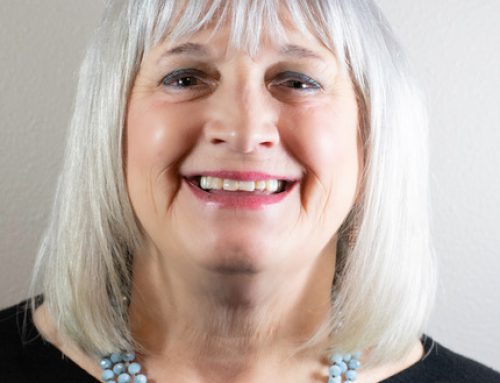Choices in Quality Living
For the Independent-Minded Older Adult
With the increase of aging adults, there has been an explosion in different types of living arrangements and services available to meet their needs and preferences. Everything from communities designed to provide active older adults with a social network to facilities that provide care around the clock with health related needs are available.
Once their children are grown, many older adults may choose to downsize from the large family home in order to eliminate some of the stress associated with maintenance and upkeep. Some are looking for a luxurious lifestyle while being able to socialize with peers. Others are looking to the future and trying to find an appropriate living situation in which they will be taken care of if their health ever declines, allowing them the peace of mind if a crisis emerges.
This article details some of these options and the aspects of each that will help you determine which choice would be best for you and your family.
Housing Developments
In many locations around the country there are housing developments that are exclusively for older persons. These typically have a minimum age requirement and often times are gated communities. Many of these provide attractive amenities that may include tennis courts, fitness facilities, golf courses and individual clubs where older adults can get together. These communities can be pricey and are designed for the very active older adult who wants privacy and independence.
Retirement Communities
The positive aspect of retirement communities is that they vary widely in services, options and costs. Some retirement communities allow persons to pay a set amount based on level of income. Many retirement communities have amenities such as housekeeping, optional meals, optional activities, fitness rooms, tennis courts and other desirable features.
Continuing Care Retirement Communities
Consists of houses, condominiums or apartments for independent living, assisted living and nursing facilities. This type of retirement living is very attractive for people who can afford it because it takes care of aging challenges as they arise.
Persons can sign up while they are completely active. Residents who enter a Continuing Care Retirement Community sign a long-term contract allowing them to be covered for the care involved if health declines.
An entrance fee is combined with a monthly fee or “rent” that may change as the level of care changes. The skilled nursing level may or may not accept Medicaid. It is important to go through the contract and understand all of the fees involved for the present and the future.
These facilities will typically go through your financial situation with you so that you can be sure that you will not run out of money and possibly be forced to leave the community at some point.
Senior Apartments
Senior apartments for independent living can be a lot less expensive than the other options described. In almost every county there are subsidized and/or affordable senior housing complexes that are open to persons meeting age and income requirements.
There are also private pay apartments that are more expensive, but other than a lease requirement there are no long-term commitments should you fall ill and need to move into a facility with a higher level of care. Just like apartment complexes for the general population, a senior housing complex may have laundry facilities, fitness rooms and swimming pools.
Apartment complexes specifically geared towards older adults provide an opportunity for older adults to socialize among peers and have the added benefit of cutting down on noise from small children as well as younger adults who like to have large social gatherings.
Some older adult complexes may have the added bonus of clubs that meet and participate in social activities, or may have a van that provides transportation for errands or other day trips.


